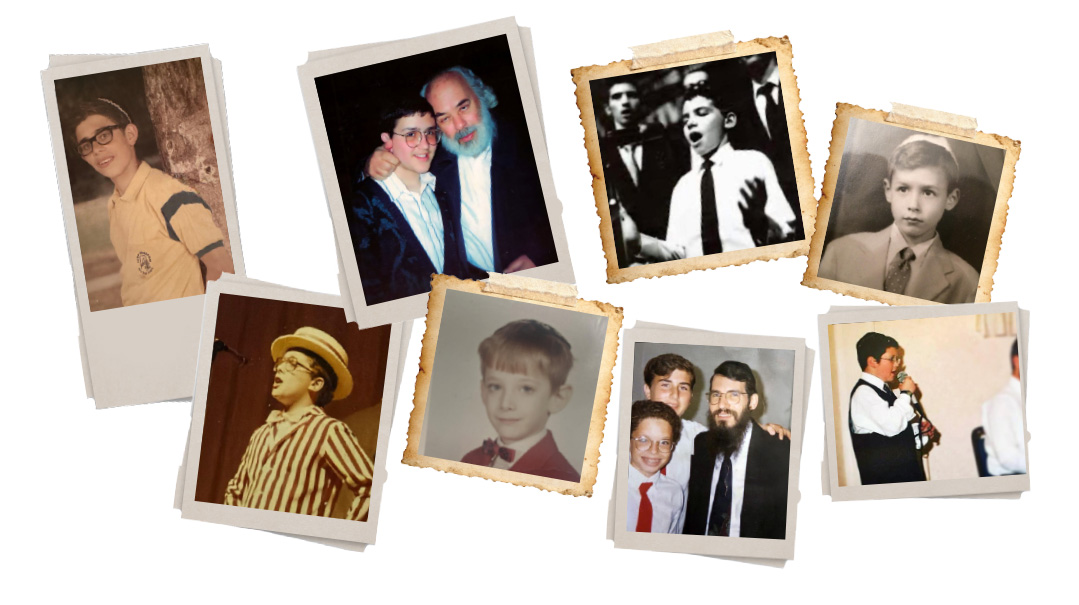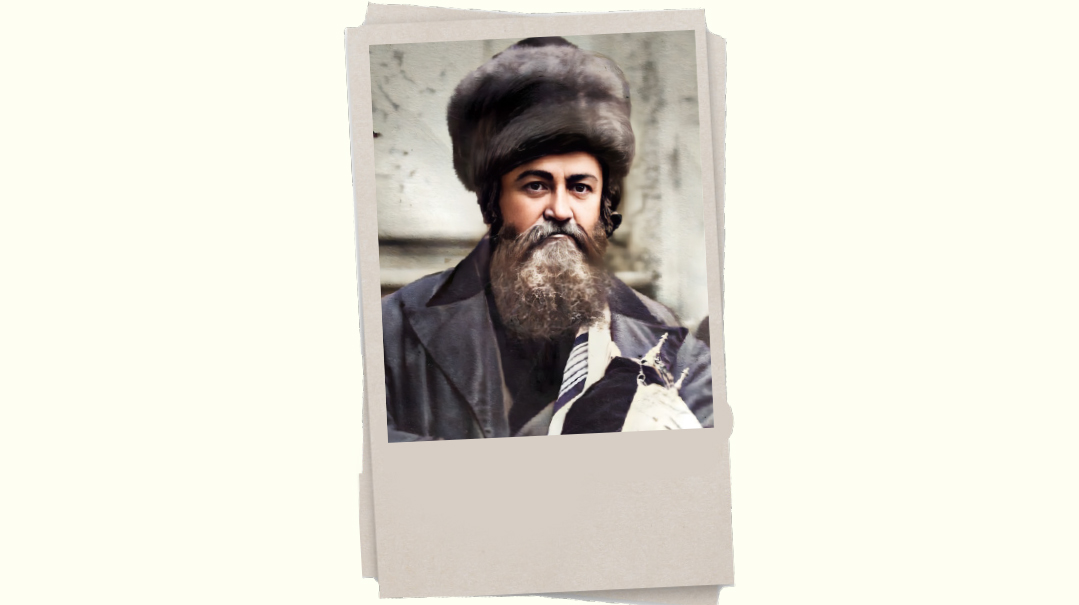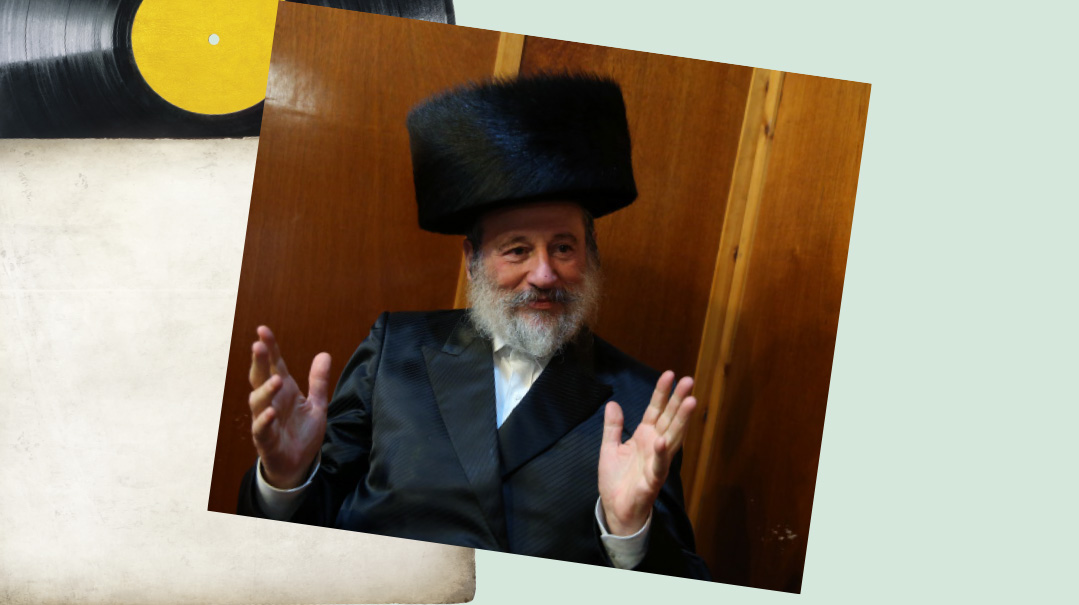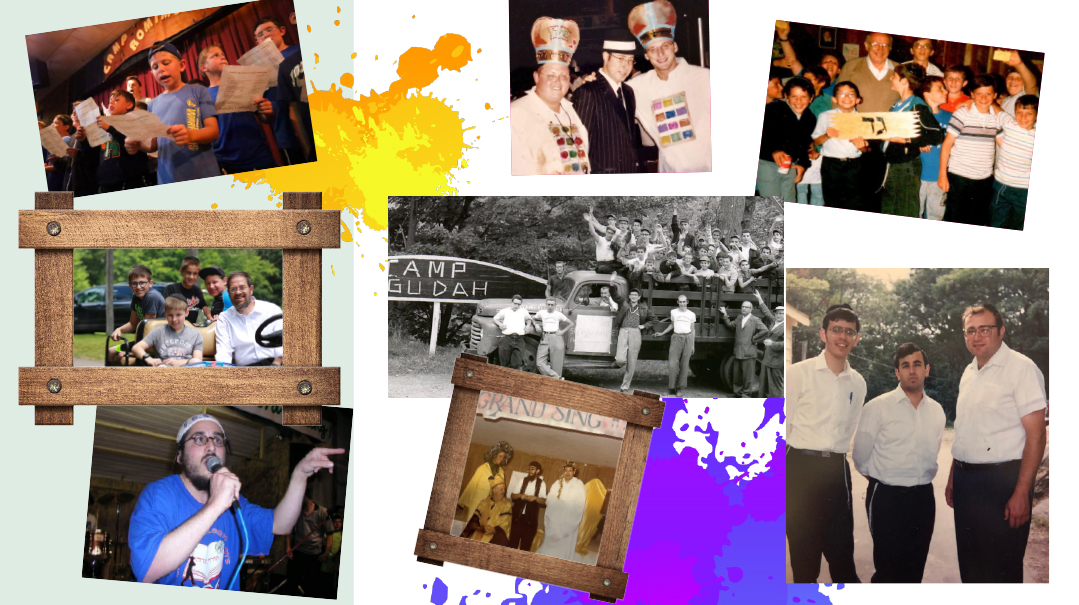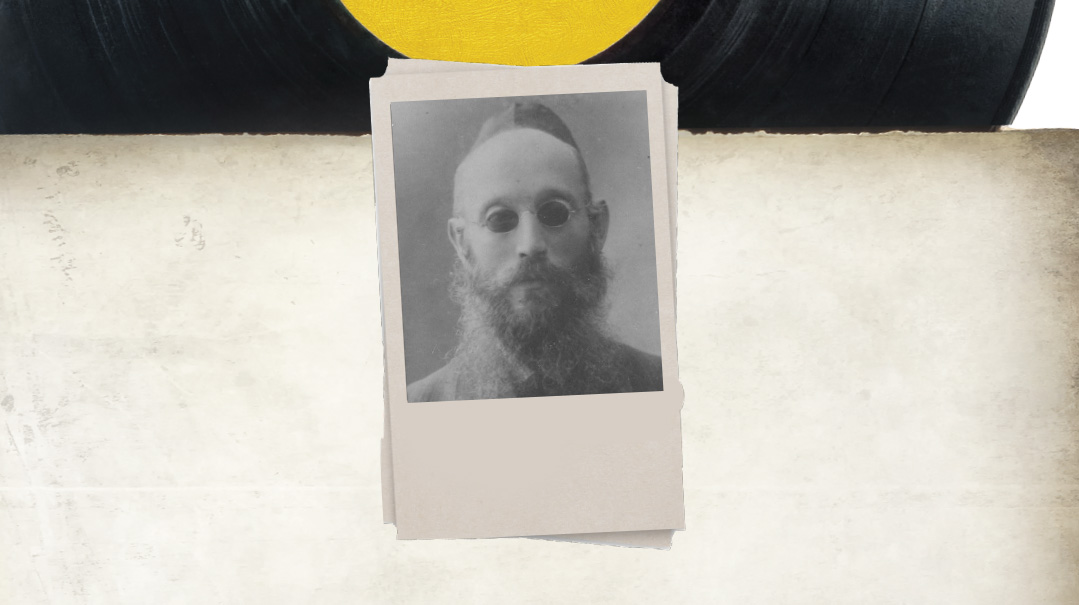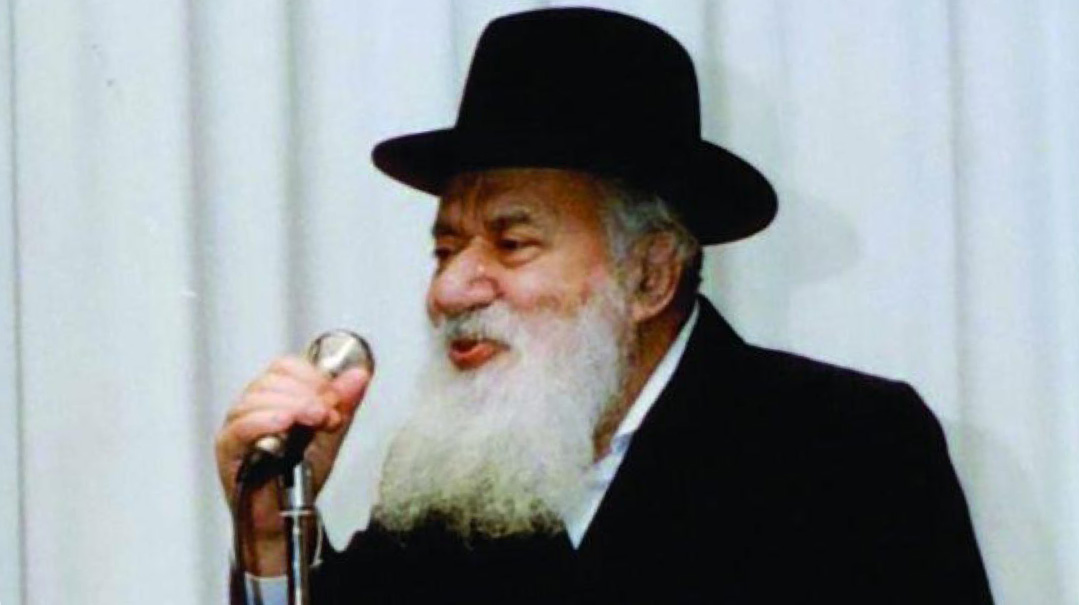Cause and Effect
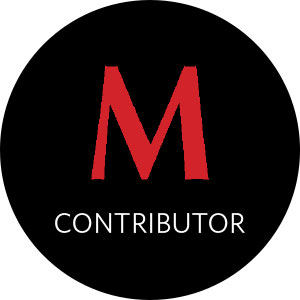
Sometimes even our most sophisticated technology needs a little human touch
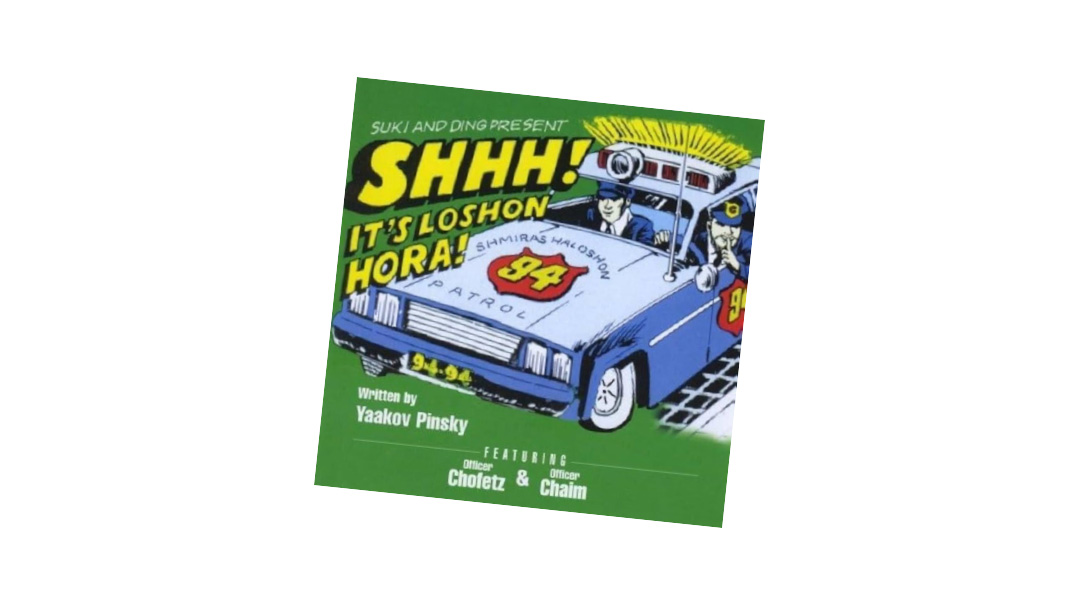
There’s nothing like a sound effect to put listeners into the song and make them feel like they’re actually there in the moment. With today’s digital technology, any home studio can create totally authentic sound effects, bringing the listener into any kind of mood the producer wants to create. But decades ago, although there were records that had preprogrammed sound effects, it was often the creative low-tech method that made the song stand out.
Sometimes, though, even our most sophisticated technology needs a little human touch. Years ago, when we were recording Uncle Moishy’s Shh! It’s Loshon Hora!, Officer Chofetz and Officer Chaim kept using their radios to contact the base, and we wanted to put squelch/static between the transmissions. Just then the Internet was down, so we all tried using our mouths to make the sound of static — but it basically sounded like a bunch of guys coughing. Then I remembered that I was wearing my Hatzolah radio — problem solved!
That was a good improvisation, but 40 or 50 years ago, it was always about low-tech sound effects. Remember “Ani Maamin” from the JEP 3 album, where the song ends abruptly with machine guns, leaving the listener with the creepy knowledge that the boy’s father met an untimely end at the hand of the Nazis? As over-the-top as it might seem today, there are people who tell me they still can’t listen to that song without getting chills.
Here’s a trivia question: Who blew an actual shofar for the intro to JEP 2’s “Times of Joy,” an upbeat song about Maamad Har Sinai to the tune of Abie Rotenberg’s “Ki Lecha Tov Lehodos”? (Answer: Yisroel Lamm.)
And speaking of memorable intros, master showman Yigal Calek a”h was probably the first one to create unforgettable sound effects that people still remember today. Yigal had a lot of fun creating sound effects for intros on the London School of Jewish Song/Neginah album, including the schoolyard noise for “Lechu Banim,” the rain and thunder for “Chamol,” and the cannon for “Vechi Yadav.”
One quick sound effect that only lasted a half a second yet added so much to the song was the crack of a baseball bat hitting the ball when the rebbi hit a home run for his talmidim in Abie’s “The Ninth Man.” And you actually sigh with relief when you hear the zoom of the plane’s engines suddenly righting themselves when all aboard thought they were about to meet their Maker on the way to The Atheist Convention in L.A.
We had a lot of fun creating sound effects on the early Uncle Moishy albums. The doorbell in Volume 1 was actually the doorbell of the studio in which we recorded the album. The shaking of the tzedakah boxes in “Give a Little Tzedakah” had its own test: Suki wasn’t sure which tzedakah box would produce the best sound effect, so he brought four different pushkes to the studio. One was Tashbar, one was Chinuch Atzmai, the third was Rabbi Meir Baal Hanes, and the fourth was Hatzolah. (By the way, Chinuch Atzmai had the best sound, not that it means anything.)
I’m still not sure why Shelly Lang put the classic Israeli folk song “Yeish Lanu Tayish” on his 1980 My Favorite Songs album, but I guess he knew it would be a hit, remade by Seymour Rokoff a”h as “Old McDovid’s Farm.” Today you can press a button and get any animal sound you want, but back then, the goat, the dog, the duck, the chickens, and the horse were made by mouth, through the talented efforts of Steve Shuss, Shmuel Klaver, and Dov Levine. It ended up becoming the Jewish version of Old McDonald.
And if we’re talking about animal sounds, the very first New York School of Jewish Song album in the early 70s featured the finale “Chad Gadya,” in which the children were assigned various sound effects, such as the goat, the cat, the dog, the stick, the cow, the fire, and so forth. It came out great in the end, but it took forever to record, because the children were laughing their heads off and couldn’t keep a straight face long enough to get the sounds out.
What were your favorite sound effects over the years? Was it the Lukshin Kugel Eater? Puff the Kosher Dragon? The talking traffic light on 613 Torah Avenue? The alarm clock on “Sorry, I Just Don’t Have The Time?” Or the horn on Country Yossi’s “Beep Beep”?
Today, the click of a mouse and a sound library do what used to take a team of us studio hacks hours to figure out. Progress is great, but sometimes you just miss the charm of rustling cellophane for fire, blowing into a bottle for wind, making thunder out of a metal sheet and footsteps out of a bag of gravel.
(Originally featured in Mishpacha, Issue 1066)
Oops! We could not locate your form.

